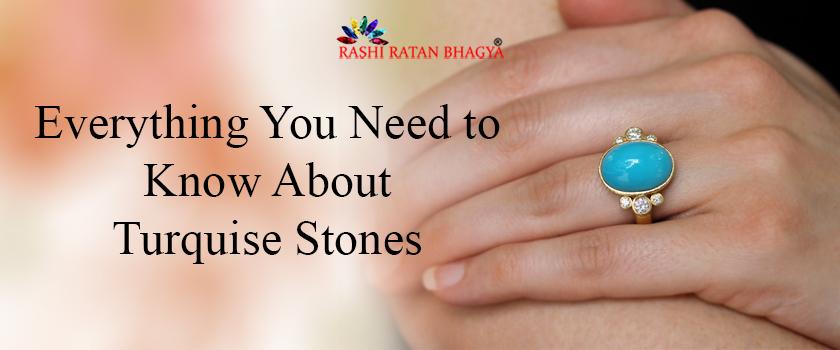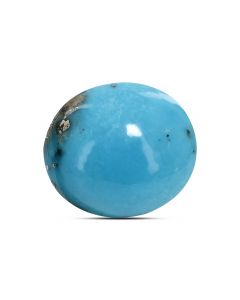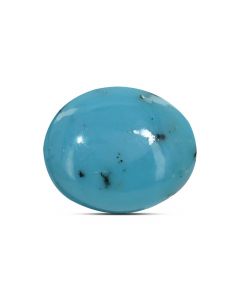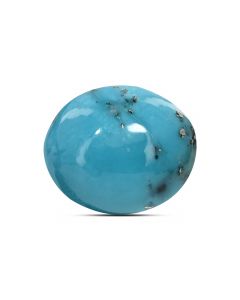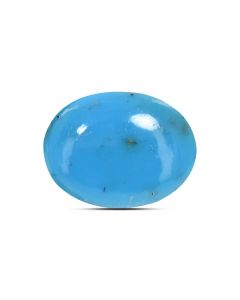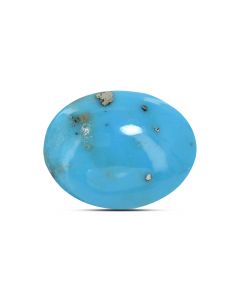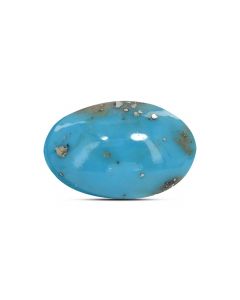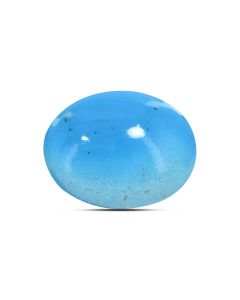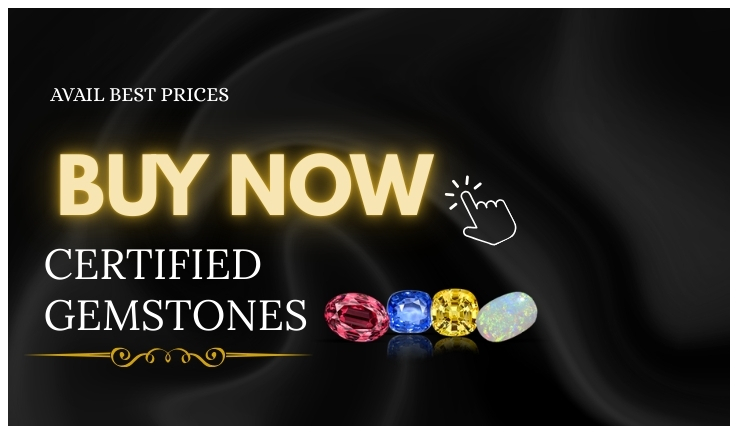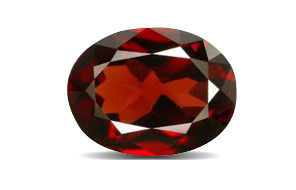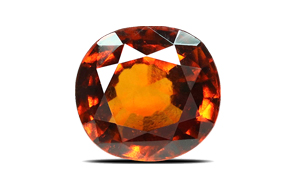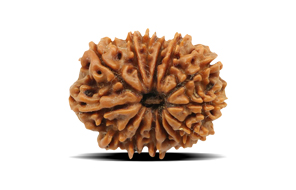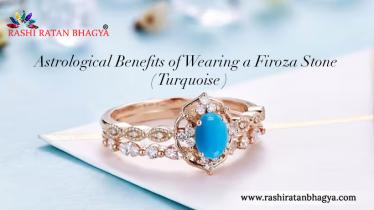Turquoise is a blue-green opaque stone. The most valuable ones have a smooth and uniform color, while many others have brown streaks in them. It has a peaceful, comforting, and shielding energy that can be beneficial. The name turquoise derives from a French word that means “Turkish,” likely because Turkish traders brought the stone to Europe in the Middle Ages. Turquoise has a hardness rating of 5 to 6 on the Mohs scale, which indicates it is fairly to moderately hard.
History Of Turquoise Stone
Turquoise stones have been prized by many cultures for millennia. Around 3000 BCE, Ancient Egyptians started to mine turquoise for adornment and ritual purposes. Later, Ancient Chinese and American civilizations also used turquoise for similar reasons.
Turquoise was believed to bring good fortune to many cultures throughout history.
For instance, the Aztecs valued turquoise as much as other societies valued gold and emerald. They offered turquoise as sacrificial gifts to their gods. According to their legends, the god Quetzalcoatl taught them how to cut and polish turquoise.
Aztecan rulers wore turquoise bracelets as protective charms. When they died, revered chiefs were buried with turquoise pieces in their mouths.
In North America, the Apache tribes thought that turquoise stones had various mystical abilities. They wore turquoise amulets, beads, and pendants for protection. Apache shamans were considered frauds if they didn’t have any turquoise.
As we mentioned earlier, ancient Persia (present-day Iran) introduced turquoise to medieval Europe through Turkish traders. Turquoise became very fashionable during the Victorian era. Jewelers liked to put the stone in gold, a practice that modern-day jewelers often follow as well.
Origin of Turquoise Gemstone
Turquoise is a mineral, made of copper, aluminum, phosphorous, and water. It needs a dry climate to form and is mostly produced in China, Chile, Egypt, Iran, Mexico, and the southwestern United States. Much of the turquoise that is mined nowadays require some kind of treatment to make it durable enough for adornment and to enhance its color. In its natural state, turquoise often has dark veins running through it, an effect of its formation. This veining is called a matrix and may appear in black, yellow, or brown. When the lines are thin, they are often called spider-webbed. Such veining can be seen in GURHAN’s Rune gold stone cocktail ring with a black matrix and the sterling silver turquoise stone ring with white veining.
Uses of Turquoise Stone
Turquoise stones have many advantages for your house. Turquoise has a strong link to the throat chakra and helps to improve communication and expression. It also harmonizes all of the chakras and is frequently used for healing purposes. Turquoise can also help you become more receptive to love and forgiveness, and release patterns of self-destruction. It’s very stabilizing for the emotions, helping you to feel more calm and serene. There are no harmful effects from turquoise stones.
Because turquoise stabilizes emotions, it’s a great stone to use for meditation. Besides having soothing energy, it also can help you stay grounded on earth during spiritual practices. Take the turquoise stone and place it inside your house where you enjoy meditating and bonding and when you doing meditation take the stone and start your meditation practice.
Astrological Benefits of Wearing a Firoza Stone
Benefits of Turquoise Stone
Natural turquoise stones, also called “Firoza stones” in Hindi, are linked to Venus and Jupiter in Vedic astrology. The Firoza gemstone is said to boost Jupiter in the wearer’s birth chart and give them the benefits of wealth, wisdom, and good health.
People believe that the turquoise stone also called the Feroza stone, is related to Jupiter, the planet of wisdom. will be very helpful for anyone who works in the field of education or learning, such as scholars, researchers, lawyers, and teachers, among others. Turquoise is said to help its wearer by improving their thinking and decision-making skills.
The turquoise gemstone is related to prosperity and success in Vedic astrology. Astrologers trust the magical powers of turquoise to provide financial stability to an individual who wears it. Wearing a turquoise stone is thought to enhance one’s social status and lifestyle.
People with kidney, liver, or immune system problems have been able to benefit from turquoise’s healing abilities since ancient times. Even modern gem experts have a strong faith in the healing abilities of turquoise for treating diseases like jaundice, diabetes, and tuberculosis, among others.
Turquoise is thought to bring peace and calmness into one’s life. It is also thought to offer protection from evil spirits and bad omens.
It is considered a stone of harmony and kindness that reduces anxiety, tension, and stress. The gem is also said to promote sensitivity, understanding, and positive thinking.
The stone is thought to be useful in cases of gout, viral infections, rheumatism, and gastrointestinal disorders
Spiritual Meaning of Turquoise
Turquoise has a spiritual meaning of peace, balance, and connection. It is a good stone for when you need to relax or meditate. It can help you link the physical and the spiritual realms and access your inner wisdom. Turquoise can also protect and cleanse you from negative influences.
Types of Turquoise Gemstone
Turquoise has many kinds, depending on where it is mined and what color it has. The color can be seen in this turquoise necklace with a diamond and this turquoise bracelet that makes a statement. Some of the kinds are:
In the Southwest US, turquoise has different colors and veins. Some examples are Bisbee, which is dark blue with black veins; and Kingman, which can be light or dark blue or green.
One of the most valued kinds is Sleeping Beauty turquoise. It is rare and high quality, and it comes mainly from Arizona and Nevada. It has a beautiful blue color like a robin’s egg and it is very smooth and even. It has little or no veins and that makes it very desirable. Gurhan uses this kind of turquoise in his gold jewelry collection that he makes by hand.
- Persian turquoise - This kind of turquoise comes from Iran today and has a bright blue color. It is more resistant than other kinds of turquoise. It usually does not have any veins on the stone.
- Golden Hill turquoise - This turquoise came from Kazakhstan and has a different color than other kinds. It is light blue and is a strong stone. It has a smooth and round surface that is natural and shiny. It usually has veins on it.
- Chinese turquoise - This kind of mineral was also very valued and makes up a lot of the turquoise that is available. It is similar to turquoise comes from the Southwest US, and can be sky blue or spring green, and may have veins or not. Gurhan uses this kind of turquoise in his unique turquoise rings, necklaces, and bracelets.
How Much is Turquoise Gemstone Worth
Turquoise stones can have a wide range of prices, from $0.05 to $1000 per carat, depending on their quality. However, it is not always easy to tell the difference between high-quality and low-quality stones. Several factors influence how much a stone is worth, and some of them are based on personal preference or change over time. The average price for turquoise is between $1 and $10 per carat. The weight of the stone and the Turquoise Quality Index can help us figure out how much a stone is really worth. The Price of Turquoise stone also depends on the origin or 4C’s, the quality is measured by the Cut, color, carat weight, clarity, and origin of the Gems, so if these factors are checked up then the pricing can be measured as per quality.
Turquoise Stone as per zodiac
Turquoise is a love charm and a December birthstone. It also represents luck and prosperity. It helps to calm the mind and ward off evil and negativity. People give turquoise as a gift on the 5th and 11th anniversary of marriage. This stone usually has a smooth and round shape. It can have different colors, such as blue, blue-black, or blue-green. Sagittarius also has other gemstones, such as Topaz, Sapphire, Amethyst, and Ruby.
About The Author
Mr. Bharat Sharma, the head of the Digital Media team, has over 15+ years of experience in online media. He plays a vital role in developing strategy, ensuring quality, and providing support to customers. Highlights the experience and dedication to online marketing with natural crystals. He contributes the digital marketing knowledge to Rashiratanbhagya. Mr Bharat Sharma blends digital innovation with the ancient Vedic wisdom.

